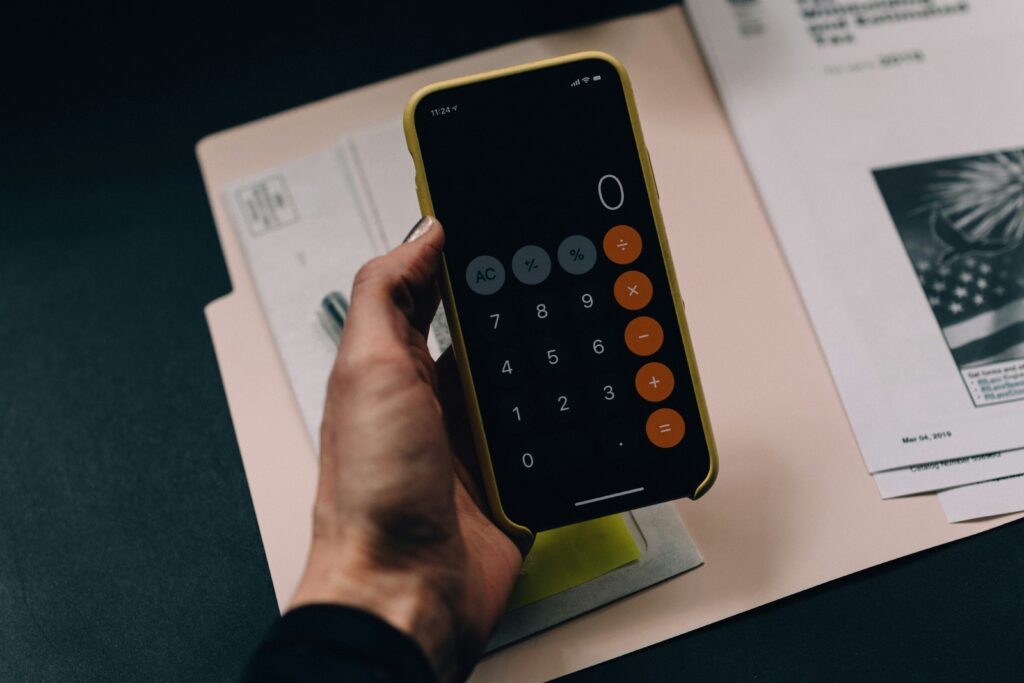Creating a budget sounds simple. But sticking to it is where most people struggle.
If you’ve ever drawn up a budget only to abandon it by week two, you’re not alone. The truth is, most budgets fail because they’re unrealistic, overly complicated, or disconnected from real-life behavior.
In this post, you’ll learn exactly how to create a budget that’s not only practical, but actually works for your lifestyle.
Why Most Budgets Don’t Work

Photo by SEO Galaxy on Unsplash
Let’s be honest: traditional budgeting advice often tells you to track every cent, live on rice and beans, and cut out all your fun. But that’s not sustainable for most people.
A working budget should:
- Be simple to follow
- Help you reach financial goals
- Still allow you to enjoy life
- Adjust when your income or priorities change
In short, your budget should feel like a tool, not a punishment.
Step 1: Know Your Monthly Income (After Tax)
Start with how much money you actually take home each month. Not your gross salary. This is your net income.
If your income isn’t fixed (e.g., freelancers or commission-based earners), calculate an average from the past 3–6 months and be conservative.
Example:
If you earn $3,500 after tax, that’s your working number… not the $5,000 your salary letter shows.
Step 2: Track Where Your Money’s Going
Before you can control your spending, you have to see it clearly. Go through your last 1–2 months of transactions and split them into categories like:
- Rent/mortgage
- Utilities
- Groceries
- Transport
- Subscriptions
- Eating out
- Debt payments
- Savings/investments
This helps you identify spending leaks and adjust based on what really matters to you.
Tip: Use budgeting apps like YNAB, Mint, or even a simple spreadsheet.
Step 3: Choose a Budgeting Method That Fits You

Photo by Kelly Sikkema on Unsplash
Not all budgeting systems work for everyone. Here are three common (and effective) methods:
1. The 50/30/20 Rule
- 50% for needs
- 30% for wants
- 20% for savings/debt payoff
Simple and flexible. Great for beginners.
2. Zero-Based Budgeting
Every dollar is assigned a purpose… nothing is left “unbudgeted.”
Best for people who want structure and control.
3. Cash Envelope or Digital Envelopes
Set spending limits per category using actual envelopes or apps like Goodbudget.
Great for controlling overspending.
Choose one that aligns with your personality and financial goals, never what is trending.
Step 4: Prioritize Your Financial Goals
Your budget should reflect what matters most to you.
- Want to pay off debt faster? Allocate more to repayments.
- Trying to save for a house? Cut back on non-essentials.
- Building an emergency fund? Treat savings like a bill. Non-negotiable.
Give your goals a name, a number, and a timeline. This creates emotional connection and urgency.
Step 5: Automate What You Can
The best way to stick to a budget is to remove the decision-making.
- Set up auto-transfers to savings
- Automate debt payments
- Use separate accounts for different purposes
Automation ensures you don’t “accidentally” spend what you should be saving.
Step 6: Review and Adjust Monthly
Budgets aren’t meant to be static. Life changes, so your budget should too.
At the end of each month:
- Check what worked (and what didn’t)
- Adjust based on changes (like income shifts or upcoming expenses)
- Celebrate your wins… even small ones
Budgeting is a habit. You don’t have to be perfect. You just need to stay consistent.
Final Thoughts
A budget that works is one that reflects your real life, helps you control your money with ease, and moves you closer to your goals.
So, it’s not about cutting out everything you enjoy. It’s about spending with intention and knowing where your money is going.
If you’ve failed at budgeting before, don’t give up. You just need a better system that fits you.Need a system to guide you as you start budgeting? Download this Financial Freedom Bundle to access the budgeting template in it.